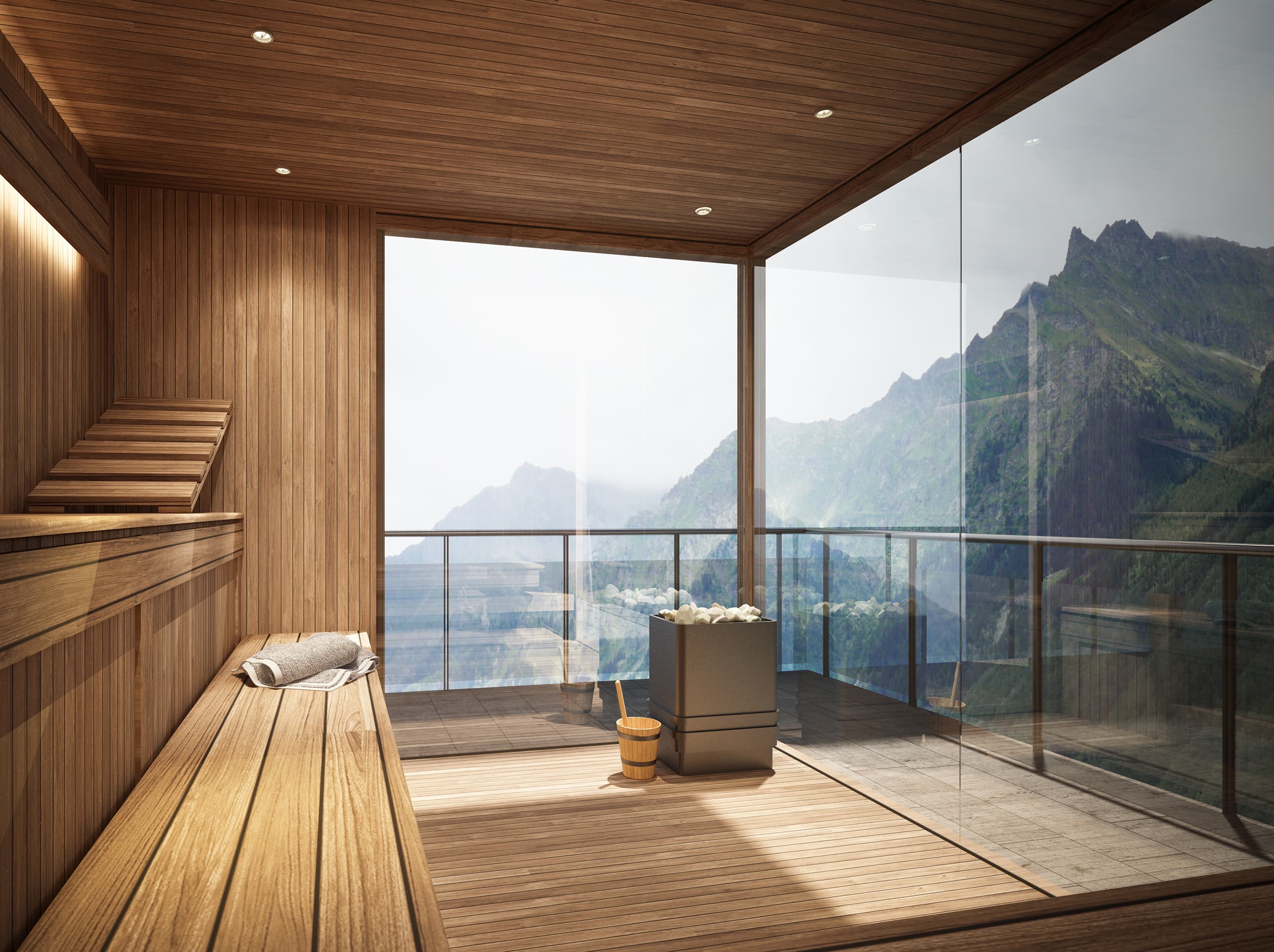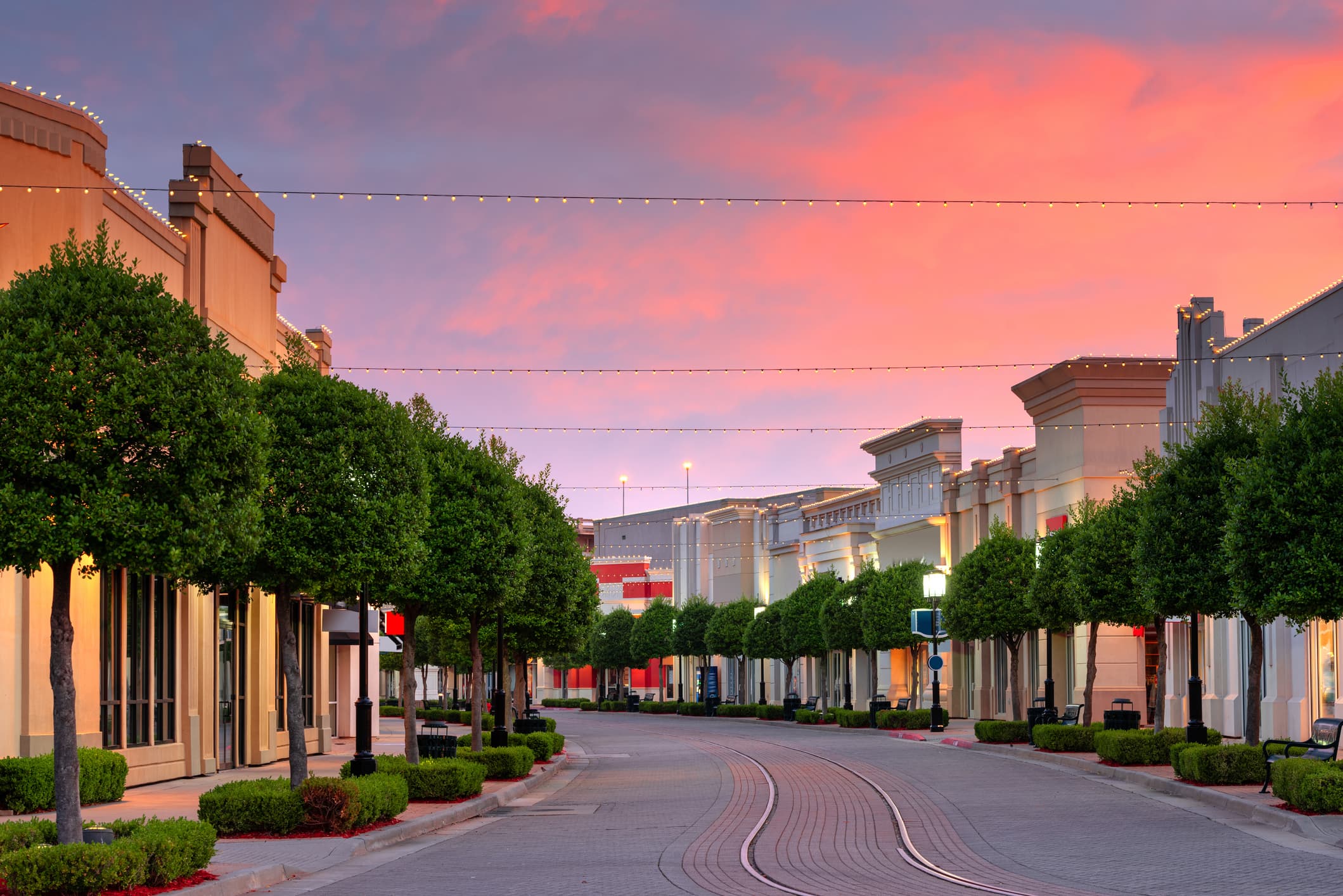Is the wellness boom reshaping global commercial real estate?
From fitness-focused offices to health-centric mixed-use spaces designed for modern lifestyles, the wellness boom is reshaping global commercial real estate.

Key highlights
The pursuit of health and wellness has, for many, become a rather all-consuming affair and, unsurprisingly, this global movement has begun to influence the world of commercial real estate
A new report from the Global Wellness Institute (GWI) revealed that the global wellness market hit $6.32 trillion in 2023
82% of US consumers now consider wellness a top or important priority in their everyday lives, with Gen Z and Millennial consumers purchasing more wellness products and services than older generations
The global corporate wellness market size is projected to reach $123.35 billion by 2032 and, with this in mind, the embrace of wellness-centric amenities has become a key factor in the growing divide between the ‘haves’ and the ‘have-nots’ in the office market
According to GWI, real estate wellness is one of 11 sectors that make up the wellness economy and will grow by 15.8% annually from 2023 to 2028
Across the CRE landscape, there is a growing consideration for indoor air quality (which can now be achieved in a low-cost, scalable manner with new technology), open-concept design that encourages social interaction, smart lighting, meditation zones, ergonomic workspaces, and more
Health, happiness, and real estate
If you were to take a walk down a main street in any busy, metropolitan center today, you would likely stumble upon a green juice-infused cocktail of health-centric offerings. On one corner, you might spot a sleek, Scandinavian-inspired studio staffed with equally sleek employees – affectionately known as guides – draped in towels and Zen-like smiles, eager to indulge you in the transformational effects of hot and cold therapy. A few doors down, you might notice a line-up at what looks to be a modern, minimalistic cocktail bar. Only, instead of cocktails, the menu features an array of superfood tonics, fresh juices, and protein-rich smoothies carefully curated to capture sweat-slicked patrons on their way home from a morning workout. If you keep walking, you’ll surely pass a boutique fitness studio (or five) offering clients a variety of muscle-toning, heart-pumping modalities to explore – from spin classes to pilates, strength training, high-intensity interval training, boxing, and hot yoga.
If you were to open up Instagram, your online algorithm might offer up a similar landscape of products and services promising to uplevel your health, from red light therapy to green powders, advanced fitness trackers, smart mattresses, mindfulness apps, grounding mats, water filters, and so much more. Why? Because the pursuit of health and wellness has, for many, become a rather all-consuming affair and, unsurprisingly, this global movement has begun to influence the world of commercial real estate.
The evolution of wellness – from a humble niche to a $6.3 trillion global industry
Earlier this summer, Toronto Life published a piece aptly titled, ‘The Cult of Wellness’, detailing the wellness-inspired culture shift that seems to be materializing across major cities. Simply stated, where the entertainment and nightlife scene once reigned supreme, wellness-inspired spaces and practices appear to be securing a notable stronghold – especially among Millennial and Gen Z consumers.
McKinsey reports that in the United States alone, the wellness market has reached an estimated $480 billion, growing at 5 to 10% per year. Similarly, a new report from the Global Wellness Institute revealed that the global wellness market hit $6.32 trillion in 2023, with North American residents spending over $5,000 per year on wellness. What’s more, 82% of US consumers now consider wellness a top or important priority in their everyday lives, with Gen Z and Millennial consumers purchasing more wellness products and services than older generations.
If we contemplate what appears to be a rapid influx of consumer interest in health, wellness, biohacking, and longevity, the pandemic emerges as an undeniable catalyst. In the wake of a global event that posed a direct threat to the health of our population, a growing cohort of people seem increasingly determined to prioritize and insulate their health and well-being moving forward.
On one hand, key segments within the wellness category – such as in-person fitness – suffered disproportionately over the course of the pandemic due to prolonged closures. On the other hand, however, the post-pandemic landscape appears primed for a “revenge” tour – consumers are demonstrating a rather voracious appetite for the spaces and experiences that were off limits during the pandemic. Following two years of living room workouts, Zoom calls with friends, and health-related fears dominating the news cycle, many people are now eager to get back to the community-centric, intimate, in-person experiences that boutique studios and wellness brands offer. According to research firm IBISWorld, the gym, health, and fitness clubs industry has expanded from 2019 to 2024 to become a $4.8B business annually.
Do health-centric amenities give office spaces an edge in an otherwise difficult market?
The corporate world has been quick to respond to this seismic shift; according to research by SNS Insider, the global corporate wellness market size is projected to reach $123.35 billion by 2032. This growth can be attributed to rising workplace stress, mental health awareness, and increased adoption of wellness programs by businesses globally in the hopes of incentivizing employees to return to the office. With this in mind, the embrace of wellness-centric amenities has become a key factor in the growing divide between the ‘haves’ and the ‘have-nots’ in the office market.
While the office sector struggles to find its footing in a post-pandemic landscape earmarked by a predominately hybrid work model, highly amenitized Class-A office buildings that tap into the pursuit of wellness are finding success. In August of this year, news broke that seven-time Super Bowl champion, Tom Brady, was moving his family office TEB Capital Management to a new “health-focused development” that includes a five-story office building, 66 condo units, shops, and a spa managed by New York club The Well. Brandon Charnas, the co-founder of Current Real Estate Advisors, who represented the football star on the transaction, shared that Brady’s investment “underscores the strategic moves he makes in business ventures by aligning with brands on health and wellness.”
Brady, it would appear, is on to something – reports indicate that over 80% of employees who work in wellness-oriented workplaces report feeling job satisfaction. Happy and healthy employees tend to be more productive, and companies that express a tangible alignment with these values are in a better position to attract and retain top talent. To this effect, the global corporate wellness market is projected to reach a value of $123.35 billion by 2032.
“Promoting wellness in real estate not only enhances employee well-being and community connection – it also elevates company reputation by aligning with top-tier, sustainable building standards and adding inherent value to the space. This makes it both a meaningful and strategic investment,” notes Ray Wong, Vice President, Data Solutions Delivery. “Even the industrial sector is evolving as companies realize that natural light and thoughtful design can extend beyond traditional office spaces to transform warehouses into brighter, more inviting environments."
The takeaway is clear: now, more than ever, the ‘flight to quality’ includes a preference for spaces that offer improved air quality, gym and wellness-focused amenities, outdoor/green spaces, healthy food options, and ergonomic workstations.
What is real estate wellness?
If the pursuit of wellness has become a top priority for citizens around the globe, its impact on the world of CRE should come as no surprise. After all, CRE encompasses the spaces where we live, work, shop, and indulge in entertainment – spaces that can absolutely be designed with or without wellness in mind.
Real estate wellness, as you might have guessed, refers to spaces that were thoughtfully designed to support the health of their residents, tenants, and customers. According to GWI, real estate wellness is one of 11 sectors that make up the wellness economy, and will grow by 15.8% annually from 2023 to 2028, when it will reach an expected $912.6 billion.
Across the CRE landscape, there is a growing consideration for indoor air quality (which can now be achieved in a low-cost, scalable manner with new technology), open-concept design that encourages social interaction, smart lighting, meditation zones, ergonomic workspaces, and more. This evolution is not contained to one sector, either; rather, it’s unfolding across office, residential, retail, hospitality, and senior living developments.
“The impact of the health and wellness boom is rather pronounced across the multifamily sector,” notes Michele Crochetiere, Senior Director of Client Services. “While standard amenities like fitness centers, pools, hot tubs, and saunas are still expected, we are seeing the emergence of more social, health-centric amenities like VR exercise classes and games, multi-use courts for activities like pickleball, community gardens, hydrotherapy massage rooms, golf simulators, and more. High-end communities might also explore the option of bundling some of these amenities into a membership package offer that could drive ancillary income.”
In Thailand, PROUD Real Estate Public Company Limited appears to be leading the way not only in terms of sustainable developments, but wellness-focused building standards. According to Ms. Proudputh Liptapanlop, Director of PROUD, Proud Real Estates projects aim to provide a superior living experience that not only earns the globally recognized Fitwel Built Certification, but extends beyond exceptional construction and design to health-promoting services and activities.
“Buildings that are accredited to a standard of any of industry programs like LEED, WELL, and Fitwel are considered highly by the market, and therefore attract a premium valuation,” adds Niall McSweeney, Head of Altus Group’s Development Advisory, Asia Pacific. “These ratings drive design innovations that are key to improving a building’s value to purchasers, investors, and tenants.”
On the senior living side, we are seeing a departure from the one-size-fits-all, immovable cruise ship model of retirement homes to make room for an alternative option – buildings designed for the active adult category. This category is comprised of modern seniors (baby boomers crossing over into their retirement years) who are significantly more active, living longer and looking for opportunities to remain active and connected to their community as they age. Buildings designed with this cohort in mind offer many of the same wellness-centric amenities you would find at any other modern multifamily property, such as a gym, a pool, theatre rooms, pickleball courts, walking paths, and bike trails.
Luxury, retreat-style hospitality has emerged as another booming, wellness-obsessed market. In sun-soaked destinations like Mexico, Spain, and Thailand, resorts are rolling out an impressive rolodex of wellness-centric offerings, some of which even break into regenerative health territory. Whether travelers are looking for a chance to unplug and reconnect with the help of daily yoga, meditation, and cold plunging, or are open to exploring longevity treatments like detox programs, stem cells, and neurocognitive assessments, there is surely a transformative package available. Moreover, with shows like ‘Live to 100: Secrets of the Blue Zones’ finding popularity on Netflix, it’s no surprise that individuals are not only better informed about the factors impacting their health and longevity but also increasingly interested in experiencing cultures first-hand that are known for producing better health outcomes.
We also see prominent wellness themes infused into the design of many of the new mixed-use development projects that have captured the interest of investors and consumers alike over the last few years. These developments often include open-air design with no shortage of natural light and access to nature, food halls with an expansive selection of healthy food options, boutique fitness studios, luxurious self-care services, the opportunity for ‘pop-up’ storefronts occupied by popular health brands, and spa-like amenities catering to young professionals determined to achieve the perfect work-life balance.
Health-first spaces are here to stay
Moving forward, these considerations are sure to act as a north star throughout the design process, informing the construction of new builds across all CRE sectors – from mixed-use developments to residential builds, retail, and hospitality. If we view a CRE development as the creation of an ecosystem, the ecosystem we should look to create today is one that allows occupants to live, work, relax, and connect with peers and loved ones while keeping their health at the forefront, seamlessly woven into their daily routine.
As we set our sights on 2025 and beyond, CRE properties must demonstrate a tangible consideration for the health of occupants, because health is wealth – and what’s good for the health of a community, is good for business.
Want to be notified of our new and relevant CRE content, articles and events?
Author

Lauren Ramesbottom
Senior Copywriter
Author

Lauren Ramesbottom
Senior Copywriter
Resources
Latest insights





Apr 8, 2025
What the biggest names in tech, media, and retail are saying about the future of commerce

